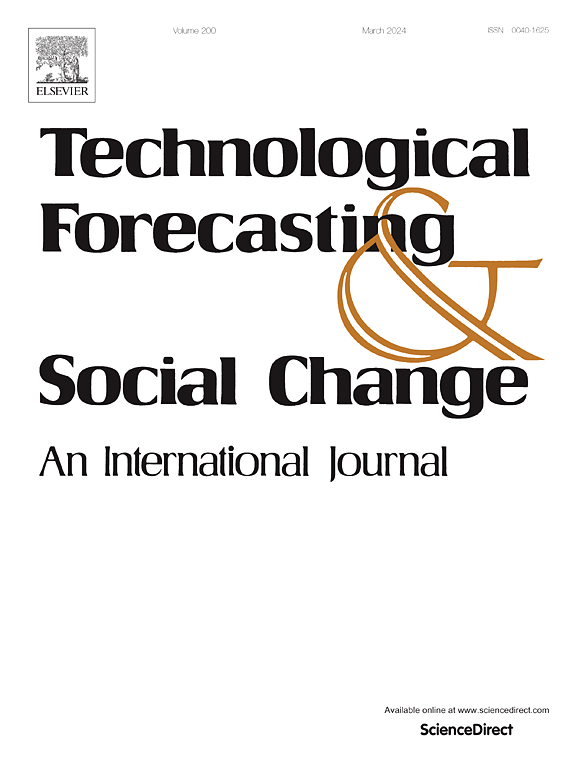探索作为预测系统组成部分的组织敏捷性、竞争情报和前瞻性之间的关系
IF 12.9
1区 管理学
Q1 BUSINESS
Technological Forecasting and Social Change
Pub Date : 2025-03-29
DOI:10.1016/j.techfore.2025.124112
引用次数: 0
摘要
本文研究了预期系统的三个方面——竞争情报和预见性(系统的感知能力和建模部分)和组织敏捷性(本文认为组织敏捷性是预期系统的适应/行动部分)。CI和前瞻(系统的感觉能力和建模部分)使用五个问题/变量进行测量。敏捷性(系统的适应/行动部分)用12个变量来衡量。虽然这三个领域(CI,远见,敏捷)已经被单独或成对地研究过,但它们还没有在Robert Rosen的预期系统的背景下被集体研究过。研究组织敏捷性和预期系统之间关系的学术研究在文献中是缺失的,并且很少有研究关注CI、预见和敏捷性。所有这些预见性系统中的要素在文献中都不存在。使用的数据是通过对SCIP成员(情报专业人员战略联盟,n.d.)的调查收集的。结果表明,组织敏捷性维度如“对市场中出现的机会快速反应”和“预测新的商业机会”与CI和前瞻具有统计学显著相关。因此,预期系统的这些要素似乎是相互关联的。本文章由计算机程序翻译,如有差异,请以英文原文为准。
Exploring the relationship between organizational agility, competitive intelligence and foresight as parts of an anticipatory system
This paper looks at three aspects of an anticipatory system -competitive intelligence and foresight as the sensory capacity and modeling part of the system and organizational agility which is seen in this paper as the adapting/acting part of an anticipatory system. CI and foresight (sensory capacity and modeling part of the system) are measured using five questions/variables. Agility (the adapting/acting part of the system) is measured using 12 variables. While individually and in pairs, these three areas (CI, foresight, agility) have been studied, they have not been studied collectively in the context of Robert Rosen's anticipatory system. Academic study's examining a relationship between organizational agility and anticipatory systems are absent from the literature, and there are few studies looking at CI, foresight, and agility. All these elements within an anticipatory system are absent in the literature. Data used was collected through a survey of SCIP members (Strategic Consortium of Intelligence Professionals, n.d.). Results suggest that organizational agility dimensions such as “rapidly react to emerging opportunities in markets” and “anticipate new business opportunities are statistically significantly correlated to CI and foresight. Thus, these elements of an anticipatory system appear to be related to each other.
求助全文
通过发布文献求助,成功后即可免费获取论文全文。
去求助
来源期刊
CiteScore
21.30
自引率
10.80%
发文量
813
期刊介绍:
Technological Forecasting and Social Change is a prominent platform for individuals engaged in the methodology and application of technological forecasting and future studies as planning tools, exploring the interconnectedness of social, environmental, and technological factors.
In addition to serving as a key forum for these discussions, we offer numerous benefits for authors, including complimentary PDFs, a generous copyright policy, exclusive discounts on Elsevier publications, and more.

 求助内容:
求助内容: 应助结果提醒方式:
应助结果提醒方式:


